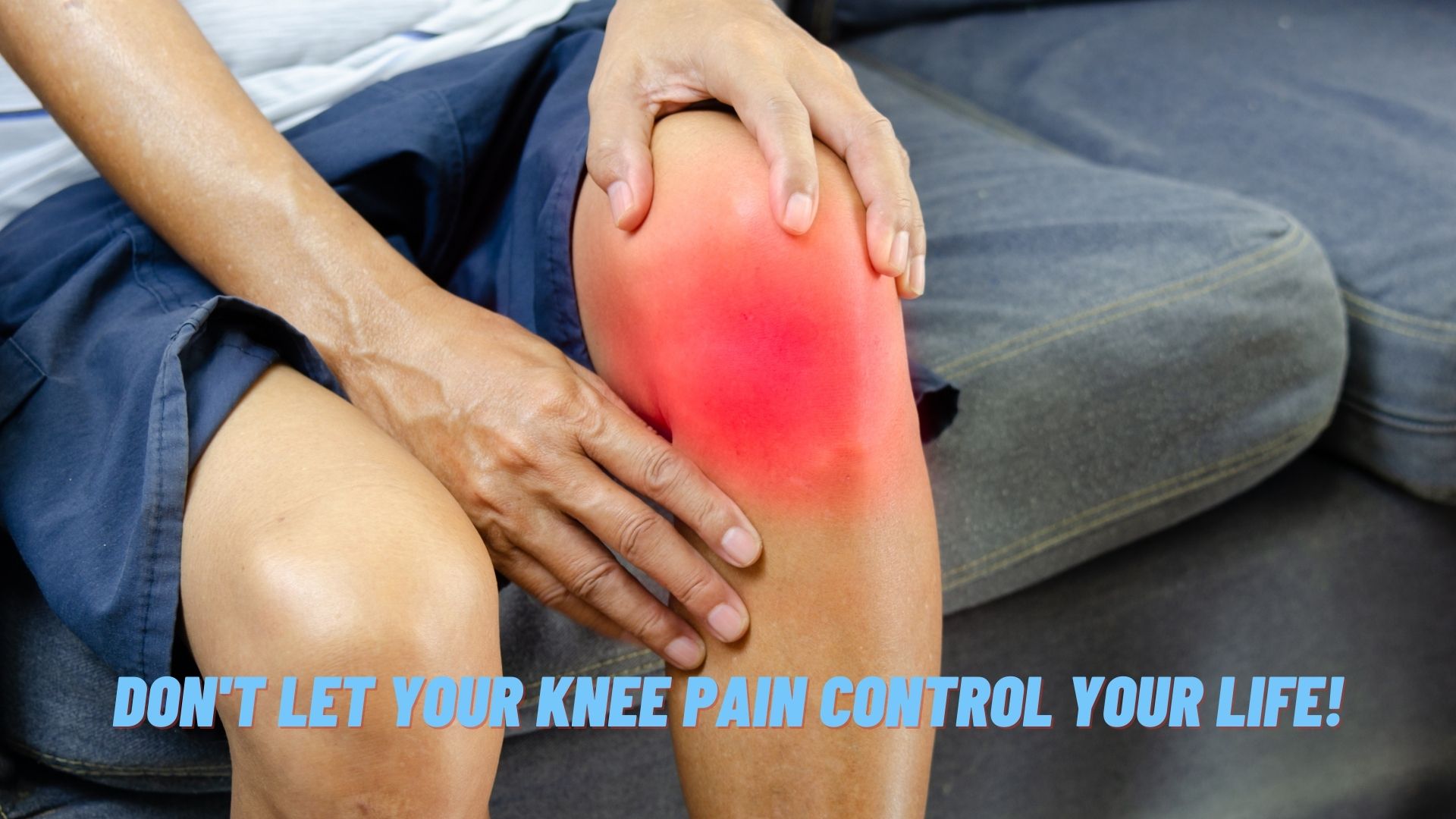Many things can cause knee pain. Knowing the cause of the knee pain is essential before finding a treatment plan that works for your body type and lifestyle. Knee treatment may vary from therapy, exercise, ice packs, heat therapy, injections, or surgery, depending on what’s causing the problem. When someone experiences discomfort in their knee joints, they should visit their physician to ensure there isn’t another underlying issue that needs to be addressed. Everyone has different body types and lifestyles that cause knee pain on different levels, so it’s essential to find a treatment plan that works for your body type to prevent knee pain from occurring. Below are some of the most common treatments for knee pain.
- Medication:
Nonsteroidal anti-inflammatory drugs (NSAIDs) block the production of prostaglandins, substances in body tissues that cause inflammation within joints. Examples of this are ibuprofen, acetaminophen, and naproxen. Although common, NSAIDs have adverse side effects such as stomach irritation and bleeding ulcers, so they should not be used long-term by individuals who do not tolerate them well. Corticosteroids help decrease swelling and reduce pain in the joint, but they must be appropriately administered and tapered off slowly to avoid severe side effects like osteoporosis and infections.

- Regenerative therapy:
Regenerative therapy depends on the type of tissue causing the knee pain. The benefits of this treatment include fewer side effects and less invasive procedures. It’s also an effective way of treating knee pain, especially for people who have exhausted all other methods and want to try something new that can have equally good results. You can get regenerative therapy from a trusted source like QC Kinetix (Forest Heights).
- Therapy:
Treatment for knee pain may include physical therapy, exercise, and stretching. It’s essential to strengthen the muscles around the knee joint and build up the strength of that area. Treatment can also include icing the knee after an injury or a workout to decrease swelling around the joint and relieve inflammation. For those who have arthritis, it’s essential to keep joints mobile by maintaining physical therapy or daily exercises to decrease wear and tear in these areas. Physical therapy treatments may include massages, hydrotherapy, electrotherapy, or ultrasound, such as those used in physical therapy clinics like Alpha Physical Therapy.
- Injections:
Knee injections are used when there’s a large chondromalacia (cartilage wear and tear) in the joint or when an injury causes knee pain after childbirth or osteoarthritis. Injections of corticosteroids are also used for post-surgery rehabilitation to speed up healing and keep swelling to a minimum.
- Surgery:
People may opt for surgery if symptoms of knee pain, arthritis, or chronic swelling from previous injuries continue to occur even after conservative treatments like physical therapy or medication have been tried. Surgery may be required when the problem is more severe and no good treatment options exist. The surgery may involve removing loose cartilage, repairing torn ligaments, or repositioning the joint for relief. Finding the right surgeon specializing in treating knees is essential because different surgeries work differently on other people.
Conclusion:
Many factors can contribute to knee pain, such as obesity, poor posture, and weak muscles in the lower body area. Finding the right treatment plan for your body type may be difficult, but it’s worth taking the time to find one that works for you.

